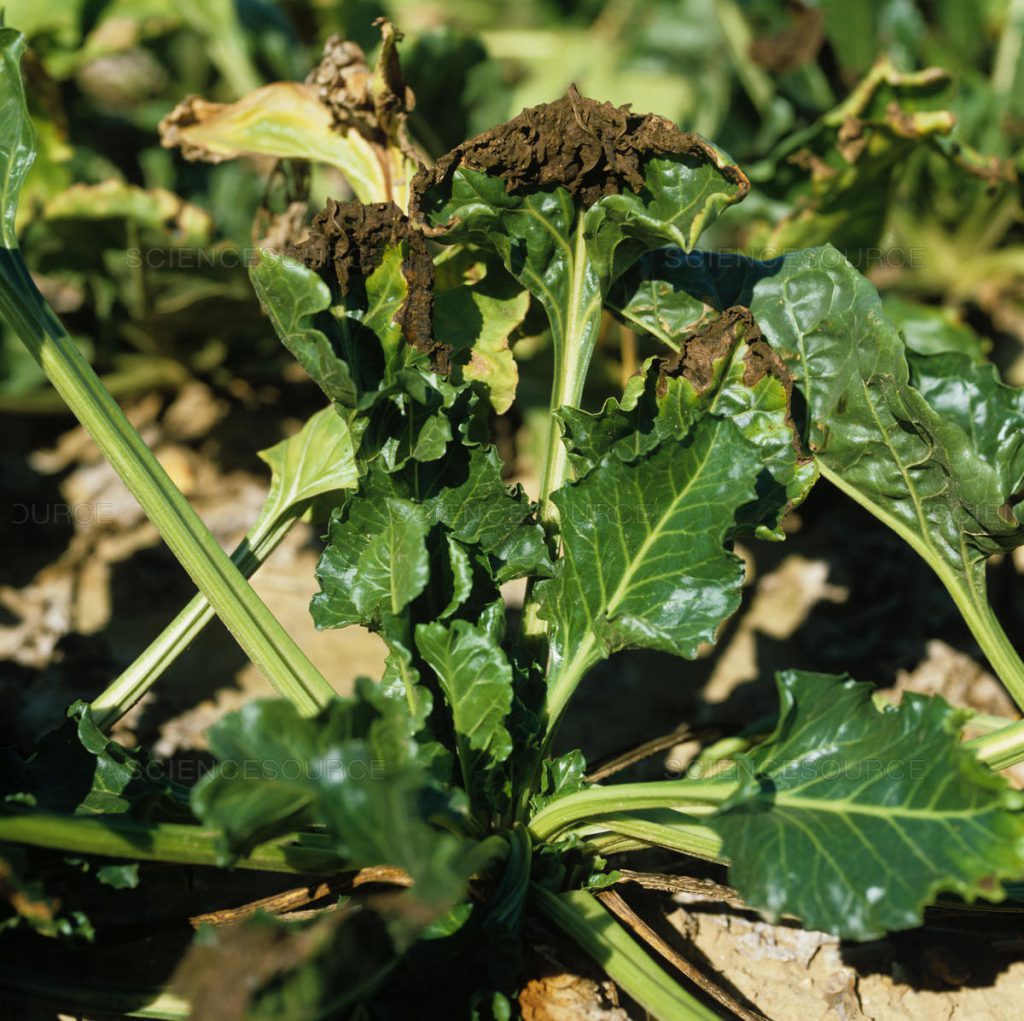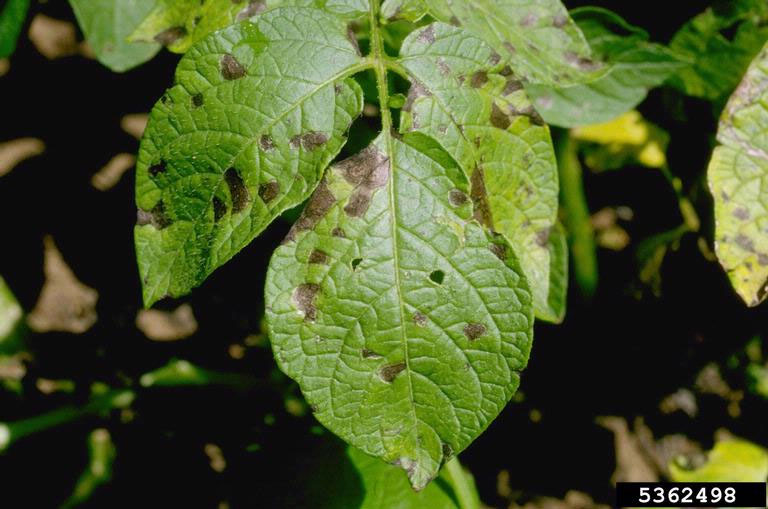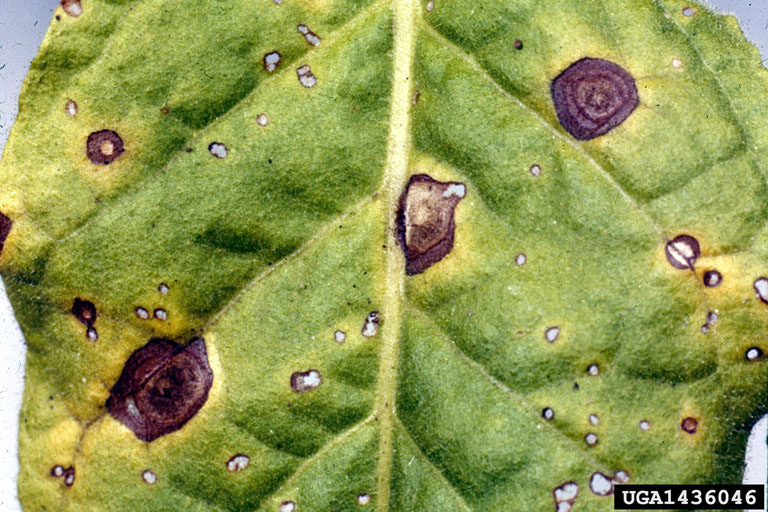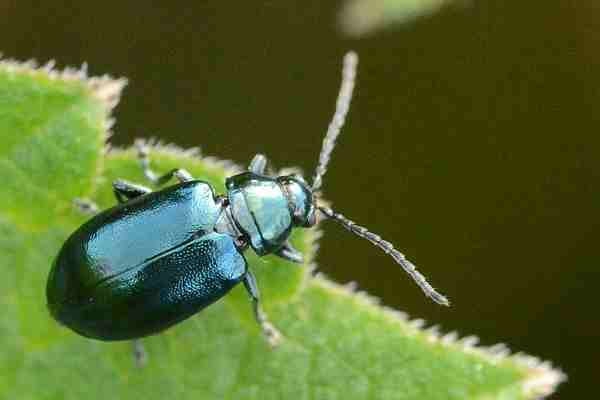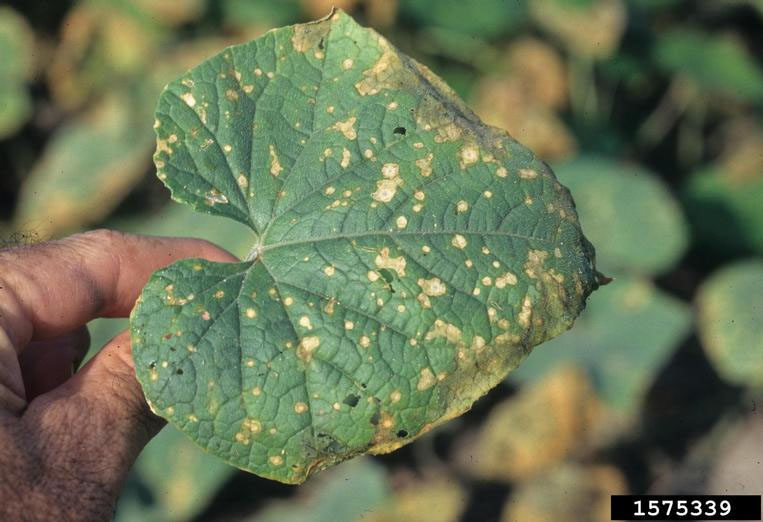Alternaria leaf spot of beet is a foliar disease, which is found in all areas of beet cultivation. Damage occurs at the end of the season on old leaves or leaves already affected by another disease.
Scientific name: Alternaria tenuis
Symptoms
In late summer the outer leaves of the beet become dark and dead, mainly peripherally. If the infestation spreads it causes complete drying of the leaves. A powder (spores of the pathogen) then appears on the dead parts of the leaf.
Biology-Growth conditions
The disease is caused by the fungus Alternaria tenuis. It is saprophytic and occurs most often on older leaves, on injured or affected or weakened tissue. More rarely it attacks the leaves inside the rosette affecting the growth and sugar title of the beet.
Treatment
Usually sprays applied for other diseases (e.g. Cercospora) also protect beets from Alternaria tenuis. Complementary measures should be taken to reduce moisture and destroy infected residues.
Source
Alternaria Leaf Spot of Table beet
Alternaria alternata fungus
Tags: BEETROOT • BEETROOTS • PLANT DISEASE

